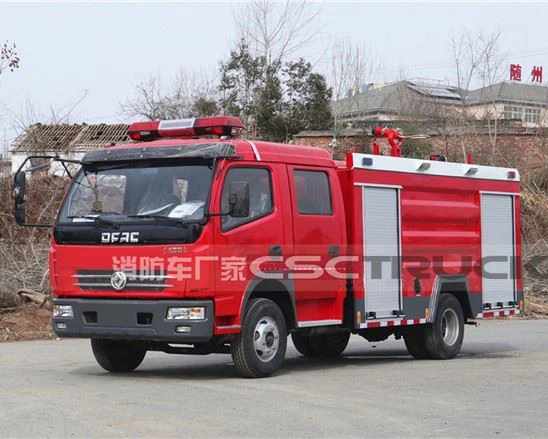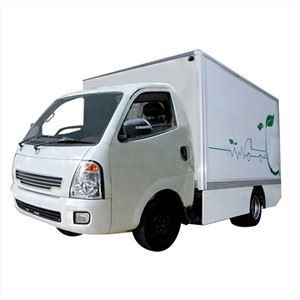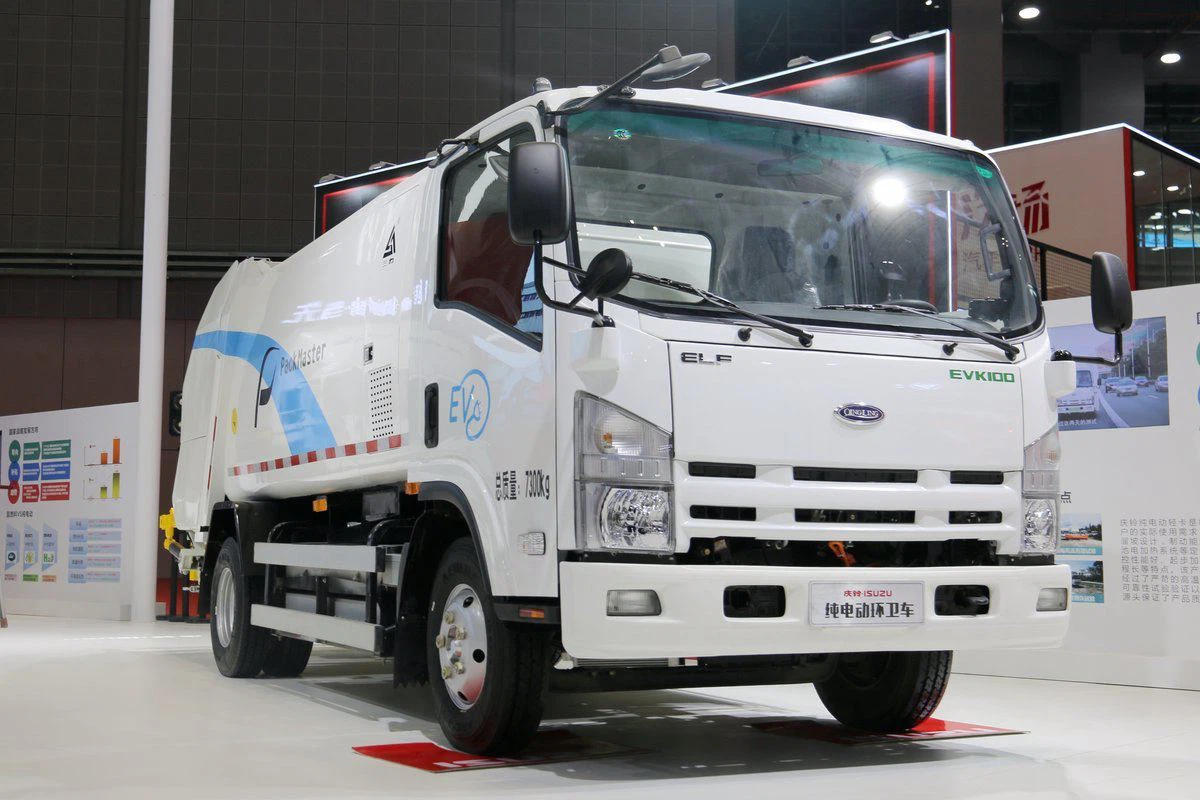Everything You Need to Know About the 320 Peterbilt

Introduction
The 320 Peterbilt is a versatile and robust medium-duty truck that stands out in the world of commercial vehicles. Known for its durability, comfort, and advanced features, the 320 model is perfect for a range of applications, from construction to delivery services. This article will delve into the specifications, features, maintenance, and performance of the 320 Peterbilt, ensuring that you capitalize on its full potential. Whether you’re a seasoned driver or a fleet manager, understanding this vehicle is vital for making informed decisions.
Specifications of the 320 Peterbilt
Engine Options
The 320 Peterbilt offers a variety of engine options that cater to different performance needs. Some popular engines include:
- Paccar PX-9: 325 – 380 HP with 1,000 – 1,150 lb-ft torque
- Cummins B6.7: 260 – 350 HP with 660 – 850 lb-ft torque
Transmission Choices
Efficiency is key in any truck, and the 320 Peterbilt doesn’t disappoint. You can choose between:
- Allison Automatic: Smooth shifting and ease of operation
- Manual Transmission: 6-speed for drivers who prefer traditional driving
Dimensions and Weight

The dimensions of the 320 Peterbilt make it ideal for urban environments, where maneuverability is crucial.
| Attribute | Measurement |
|---|---|
| Length | Approx. 22 – 26 feet |
| Width | Approx. 96 inches |
| Height | 108 – 120 inches |
| Gross Vehicle Weight Rating (GVWR) | Up to 33,000 lbs |
Key Features of the 320 Peterbilt
Comfort and Convenience
The 320 Peterbilt is synonymous with driver comfort. The spacious cab is equipped with:
- Ergonomic Seating: Supportive seats designed for long hours on the road.
- Advanced Climate Control: Maintaining an ideal temperature in any weather.

Safety Features
Safety is paramount in the trucking industry. The 320 Peterbilt includes features such as:
- Electronic Stability Control: Aids in preventing skidding and loss of control.
- Anti-lock Braking System (ABS): Improves safety by preventing wheel lock-up.
Customizable Options
One of the best features of the 320 Peterbilt is its high degree of customization:
- Body Configurations: Options for dump, box, or flatbed bodies.
- Interior Upgrades: From premium audio systems to additional storage solutions.
Performance and Fuel Efficiency
Driving Dynamics
The 320 Peterbilt offers a smooth and reliable driving experience, making it suitable for urban driving as well as longer hauls. Its suspension system is designed to absorb road shocks, ensuring driver and cargo comfort.
Fuel Economy
When it comes to operational costs, fuel efficiency cannot be neglected. The 320 Peterbilt achieves excellent fuel economy due to its aerodynamic design and powerful engines. On average, it offers:
- MPG Rating: 10-15 MPG depending on load and driving conditions.
Maintenance Tips for the 320 Peterbilt
Regular Inspections
To keep your 320 Peterbilt running smoothly, regular inspections are essential. Here are crucial areas to inspect:
- Brakes: Ensure they are functioning correctly to maintain safety.
- Fluid Levels: Regularly check engine oil, coolant, and transmission fluid levels.
Scheduled Maintenance
Adhering to a maintenance schedule will extend the life of your 320 Peterbilt:
- Oil Changes: Every 7,500 to 10,000 miles using high-quality oil.
- Tire Rotation: Every 5,000 to 7,500 miles to ensure even wear.
Comparing the 320 Peterbilt to Other Medium-Duty Trucks
Competitive Analysis
When considering commercial vehicles, it’s helpful to compare the 320 Peterbilt to others in its class:

| Truck Model | Horsepower | GVWR | Fuel Efficiency (MPG) |
|---|---|---|---|
| 320 Peterbilt | 260 – 380 | Up to 33,000 lbs | 10 – 15 |
| Freightliner M2 | 220 – 360 | Up to 33,000 lbs | 9 – 14 |
| International MV Series | 210 – 350 | Up to 33,000 lbs | 8 – 12 |
Which is Right for You?
Choosing the right medium-duty truck depends on your specific needs, and the 320 Peterbilt stands out for its reliability and comfort. If driver comfort and safety are your priorities, the 320 is an excellent choice.
Real-Life Applications of the 320 Peterbilt
Construction
In the construction industry, the 320 Peterbilt is often employed for delivering materials and transporting equipment.
Municipal Services
Many municipalities use the 320 for waste collection and other public services due to its compact size and maneuverability.
Delivery Services
Its efficient fuel economy and customizable configurations make it a popular choice for urban logistics and delivery companies.
Customer Testimonials
What Users Are Saying
Users of the 320 Peterbilt have praised its performance and comfort:
“The 320 makes my job easier. It’s comfortable for long drives and handles perfectly on city streets.” – John D.
“We switched to 320 Peterbilts for our fleet, and the fuel savings have really impressed us.” – Sarah K.
FAQ Section
What is the maximum load capacity of the 320 Peterbilt?
The maximum load capacity can vary depending on the configuration, but generally, the GVWR is up to 33,000 lbs.
What types of bodies can be attached to the 320 Peterbilt?
The 320 Peterbilt can accommodate various bodies, including dump trucks, box vans, and flatbeds, depending on your operational needs.
How often should I perform maintenance on the 320 Peterbilt?
Regular maintenance checks should be conducted every 5,000 to 10,000 miles, including oil changes and brake inspections.
What type of fuel does the 320 Peterbilt use?
The 320 Peterbilt is designed to use diesel fuel, which offers better fuel economy and performance for medium-duty applications.
Can the 320 Peterbilt be driven without a commercial driver’s license?
In most cases, you will need a commercial driver’s license (CDL) to operate the 320 Peterbilt due to its weight classification.
